Anthropology
-
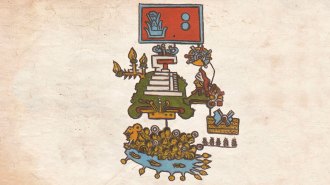 Earth
EarthThis pictogram is one of the oldest known accounts of earthquakes in the Americas
The Telleriano-Remensis, a famous codex written by a pre-Hispanic civilization, describes 12 quakes that rocked the Americas from 1460 to 1542.
-
 Anthropology
AnthropologyStone Age humans or their relatives occasionally trekked through a green Arabia
Hominids periodically inhabited ancient Arabia starting around 400,000 years ago when lakes temporarily formed as a result of monsoons, a study finds.
By Bruce Bower -
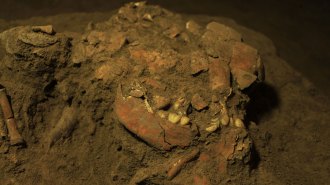 Anthropology
AnthropologyAncient DNA shows the peopling of Southeast Asian islands was surprisingly complex
Ancient DNA from a hunter-gatherer skeleton points to earlier-than-expected human arrivals on Southeast Asian islands known as Wallacea.
By Bruce Bower -
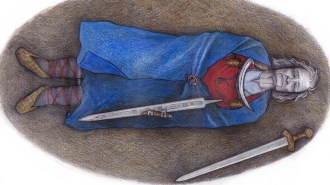 Archaeology
ArchaeologyA 1,000-year-old grave may have held a powerful nonbinary person
A medieval grave in Finland, once thought to maybe hold a respected woman warrior, may belong to someone who didn’t have a strictly male or female identity.
By Bruce Bower -
 Genetics
GeneticsAn Indigenous people in the Philippines have the most Denisovan DNA
Genetic comparisons crown the Indigenous Ayta Magbukon people as having the most DNA, 5 percent, from the mysterious ancient hominids.
By Bruce Bower -
 Psychology
PsychologyPsychology has struggled for a century to make sense of the mind
Research into what makes us tick has been messy and contentious, but has led to intriguing insights.
By Bruce Bower -
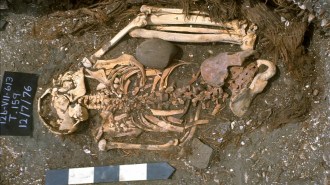 Anthropology
AnthropologyA skeleton from Peru vies for the title of oldest known shark attack victim
The 6,000-year-old remains of a teen with a missing leg and tell-tale bite marks came to light after news of a 3,000-year-old victim in Japan surfaced.
By Bruce Bower -
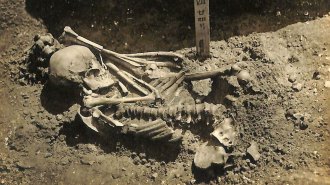 Anthropology
AnthropologyA partial skeleton reveals the world’s oldest known shark attack
An ancient shark bite victim died quickly, before his body was recovered and buried, a new study finds.
By Bruce Bower -
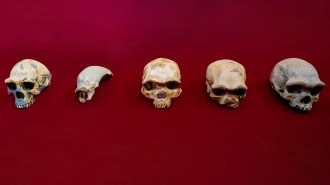 Anthropology
Anthropology‘Dragon Man’ skull may help oust Neandertals as our closest ancient relative
A Chinese fossil has been classified as a new Homo species that lived more than 146,000 years ago, but not all scientists are convinced.
By Bruce Bower -
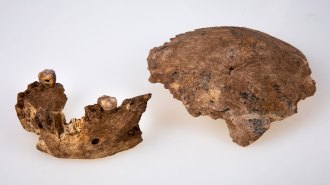 Anthropology
AnthropologyIsraeli fossil finds reveal a new hominid group, Nesher Ramla Homo
Discoveries reveal a new Stone Age population that had close ties to Homo sapiens at least 120,000 years ago, complicating the human family tree.
By Bruce Bower -
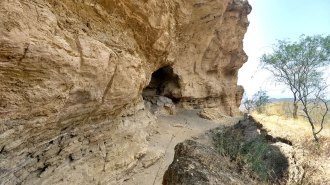 Archaeology
ArchaeologyNew clues suggest people reached the Americas around 30,000 years ago
Ancient rabbit bones from a Mexican rock-shelter point to humans arriving on the continent as much as 10,000 years earlier than often assumed.
By Bruce Bower -
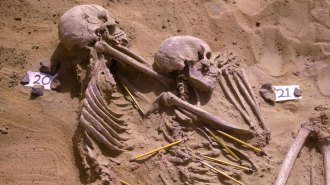 Anthropology
AnthropologyHunter-gatherers first launched violent raids at least 13,400 years ago
Skeletons from an ancient African cemetery bear the oldest known signs of small-scale warfare.
By Bruce Bower